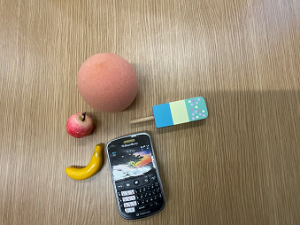Delivery
BEST Therapy Sessions
Delivering the therapy sessions
You will need:
- Collection of toys (see the toys section)
- Therapy recording booklet (pdf)
- ‘Adult A’ who will manipulate the toys and provide spoken sentences
- ‘Adult B’ who will provide the signing (see the signing section) and record the child’s responses if necessary
- It is possible to run sessions with just one adult
Key messages:
-
You don’t have to encourage the child to produce sentences if they don’t want to. The most important thing is that they hear the input
-
Don’t give forced alternatives, scaffolded models or demand an imitated response from a child
-
It may seem unusual, but you don’t need to praise the child during a session as this disrupts the language input. Children are rewarded by interaction with toys and producing the sentences
-
If you need to reengage the child with a task simply do so by using their name
-
Only the child’s first spontaneous production is recorded
Steps of therapy
There are 3 steps in each therapy session.
Step 1 – Introduction of noun vocabulary:
-
Adult A takes the toy out of the bag in reach of the child saying “I’ve got a …”. This is repeated for all toys in the bag
Step 2 – Input phase:
-
Adult A says “let’s see what the people are doing” and provides a visual model using the signs.
-
At the same time Adult B carries out the actions with the toys. This is repeated for all the sentences
Step 3 – Output phase (Group):
-
Adult A carries out the first action with the toys and helps child one carry out the action while Adult B asks child 2 “what’s happening?”
-
However the child responds, this is recast correctly by Adult B
-
This process repeats around the group of children for each output sentence
Or
Step 3 – Output phase (One child):
-
Adult A carries out the first action with the toys while asking the child “what’s happening?”
-
Adult B then records their first response and this is repeated for each output sentence
These steps are then repeated for the remaining sets of toys required for the session. The therapy recording forms provide more details on session delivery.
Tips for successful therapy sessions:
-
Carry out all therapy sessions in a quiet room
-
It can be useful to use a warm up game before a session to engage the children
-
Therapy should be carried out with just one child or in groups of no more than 4 or 5, groups work best as children can listen to each other
-
Reward the children with stickers!
-
After the therapy session allow children a few minutes free play with the toys providing more verbal input describing the actions of the toys
Signing
The following images indicate how to perform the signs used in the BEST Therapy. These are a combination of Makaton and Paget Gorman Signed Speech (PGSS). Just to reiterate: the signs are only optional and the therapy can still be carried out without them!
Morphology Signs (PGSS):
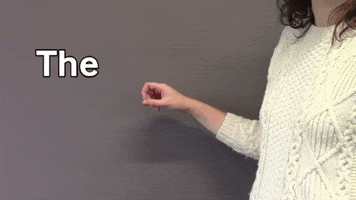
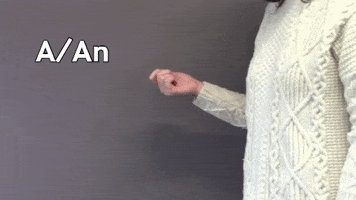
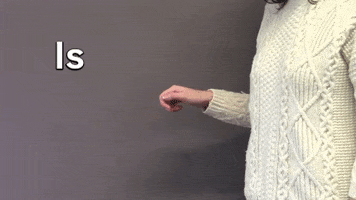
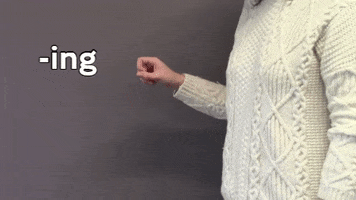
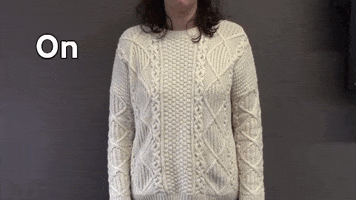
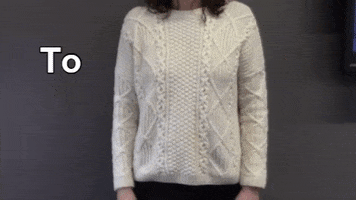
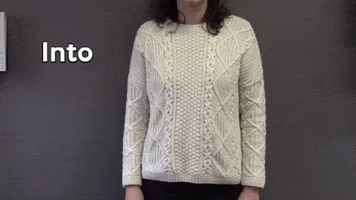
Verb Signs (Makaton):
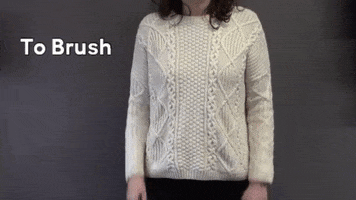
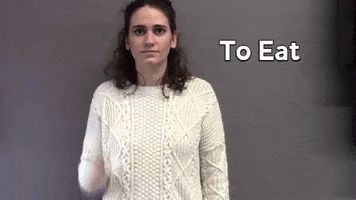
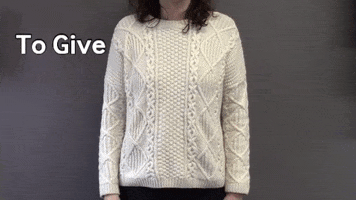
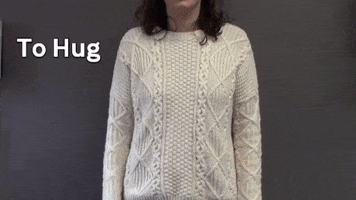
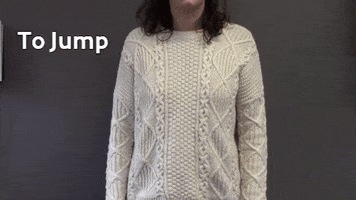
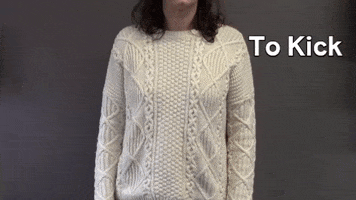
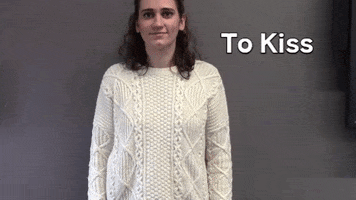
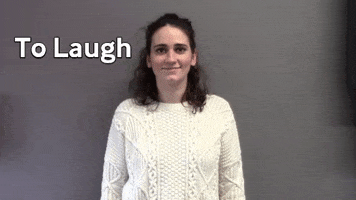
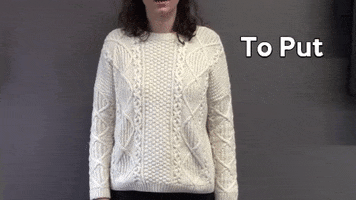
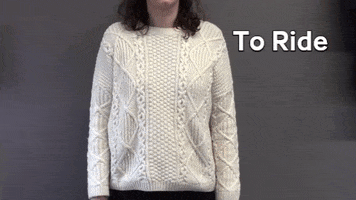
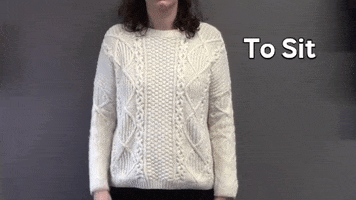
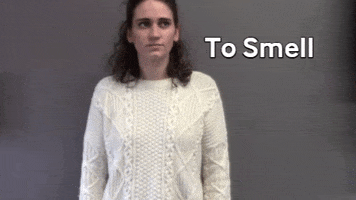
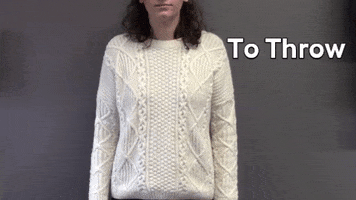
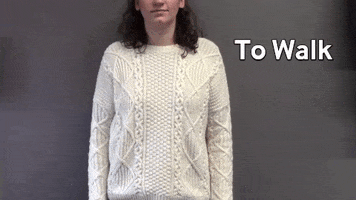
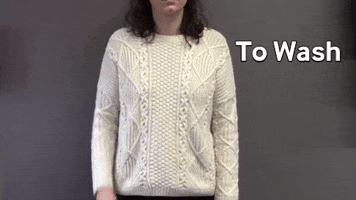
Content Words Signs (Makaton):
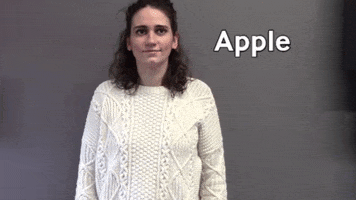
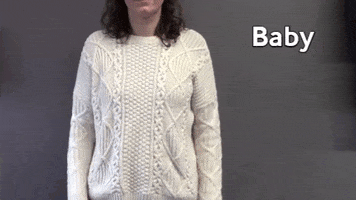
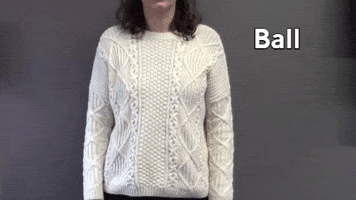
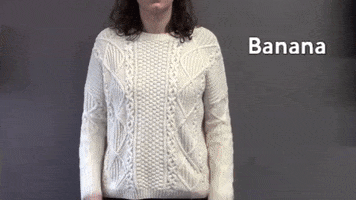
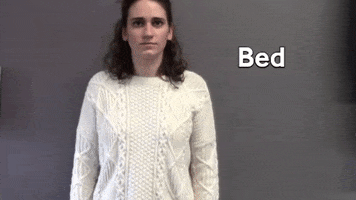
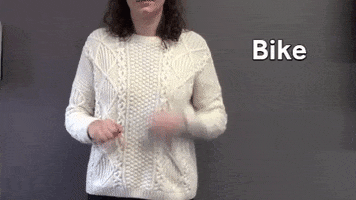
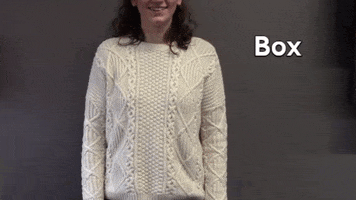
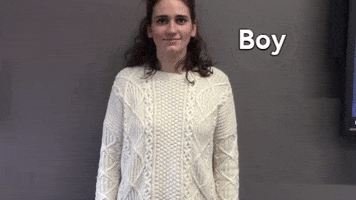
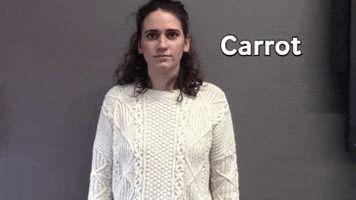
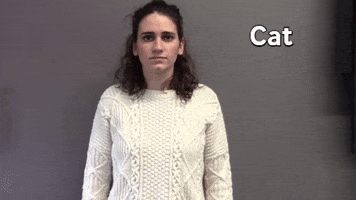
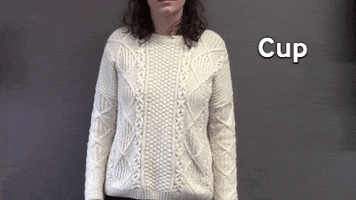
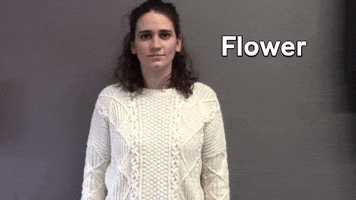
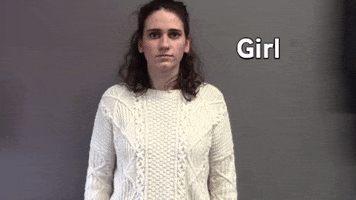
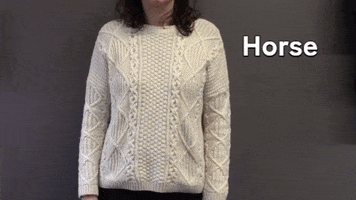
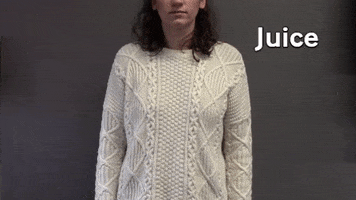
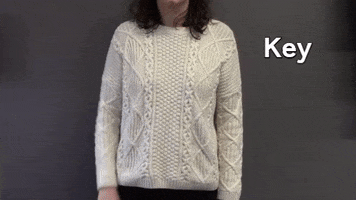
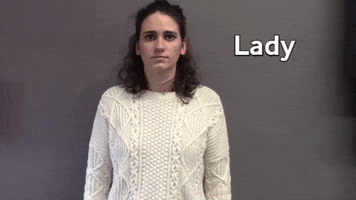
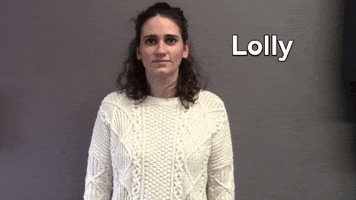
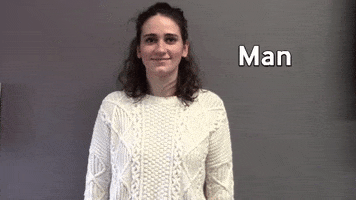
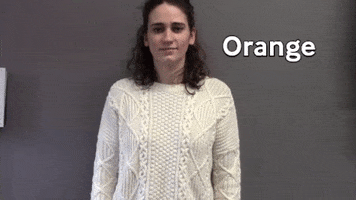
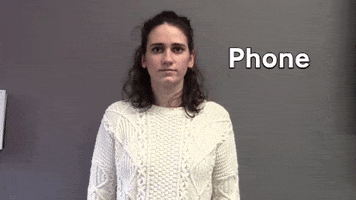
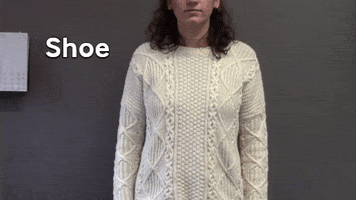
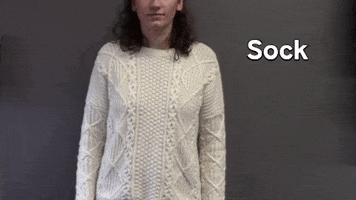
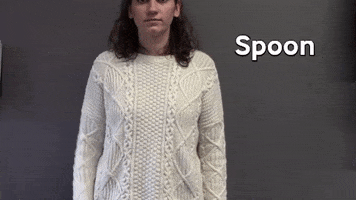

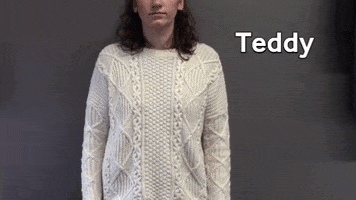
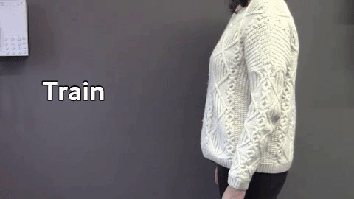
Toys
The therapy sessions involve various sets of toys which are fairly common and easy to find. Below you can find which toys are in each set.
Sets A1 and A2
Dolls: Baby, woman/lady, man, boy, girl, teddy
Chair (Optional for ‘sitting’)
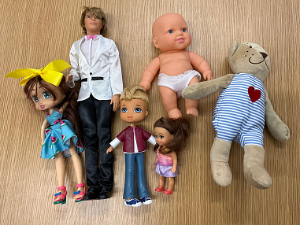
Sets B1 and B2
Dolls: Baby, woman/lady, man, boy, girl, teddy (from Set A)

Sets C1 and C2
Dolls: Man, teddy (from Set A)
Apple, orange, banana, carrot, lolly, spoon, cup, sponge (for washing).
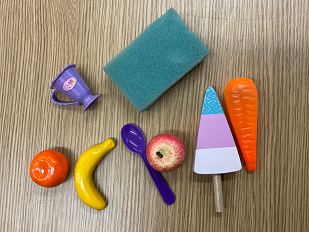
Sets D1 and D2
Dolls: Boy, baby (from Set A)
Cat, horse, bike, apple, flower, orange, banana, sock, carrot.
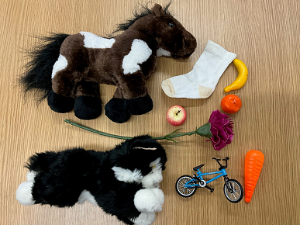
Sets E1 and E2
Dolls: Boy, girl, baby, teddy (from Set A)
Cat, horse.
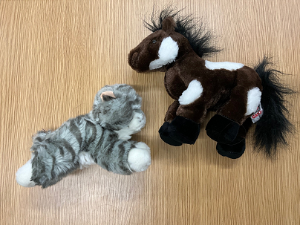
Sets F1 and F2
Dolls: Girl, woman/lady, teddy (from Set A)
Apple, orange, ball, cup, train, shoe, cat, brush, horse.
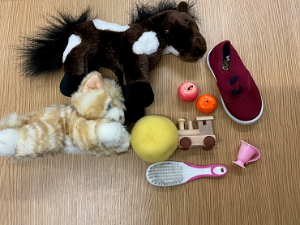
Sets G1 and G2
Dolls: Baby, man (from Set A)
Table, Bed, Spoon, cup, flower, key, (mobile/cell) ‘phone.
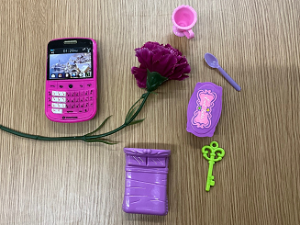
Sets H1 and H2
Dolls: Man, baby (from Set A)
Cup, shoe, box, milk, juice (empty and clean cartons/bottles or toys).
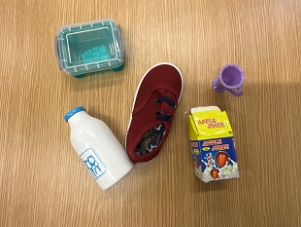
Sets I1 and I2
Dolls: Man, baby
Bed, cup, box, shoe
Spoon, cup, flower, key, (mobile/cell) ‘phone, juice (empty and clean carton/bottle or toy).
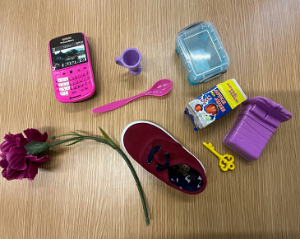
Sets J1 and J2
Dolls: Girl, baby, boy, woman/lady (from Set A)
Ball, banana, (mobile/cell) ‘phone, lolly, apple.
Sets K
Dolls: Baby, woman/lady, man, girl (from Set A)
Ball, banana
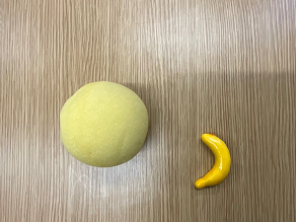
Sets L
Dolls: Girl, woman/lady, man, baby (from Set A)
Apple, ball, banana, lolly, (mobile/cell) 'phone.
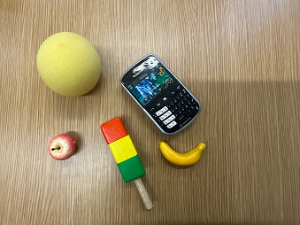
For more information and a printable version of this list:
All resouces are published under a Creative Commons Licence: BY-NC-ND.
You can use and share the materials as long as you give credit to the LIVELY team at Newcastle University. You may not use the materials for commercial purposes. If you make changes to the materials you may not share these.


